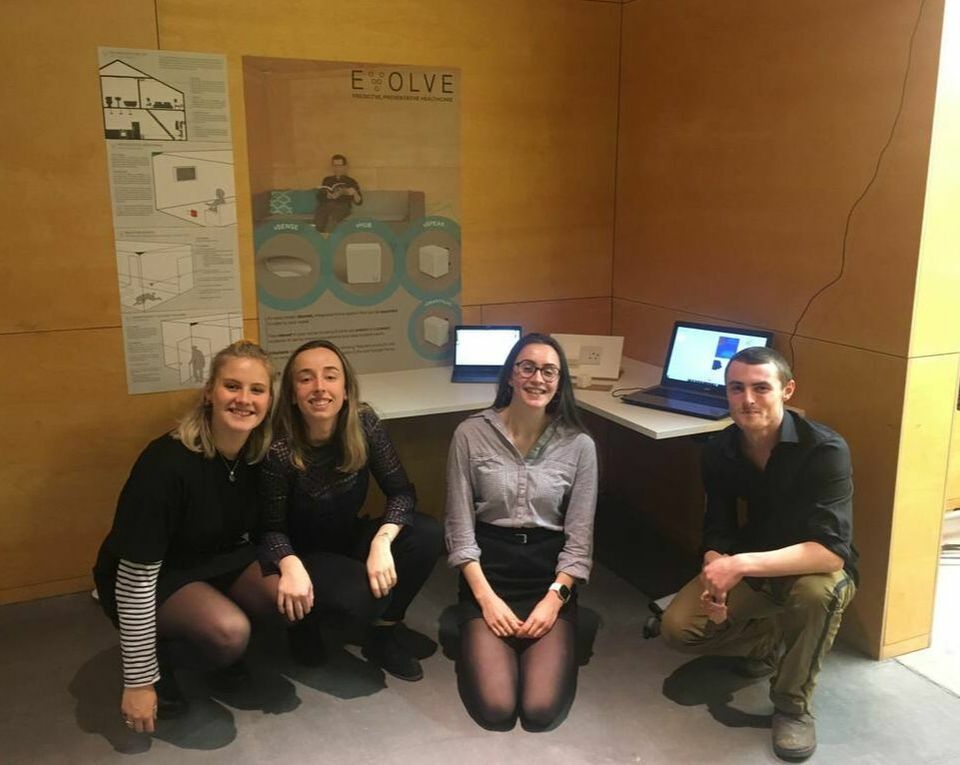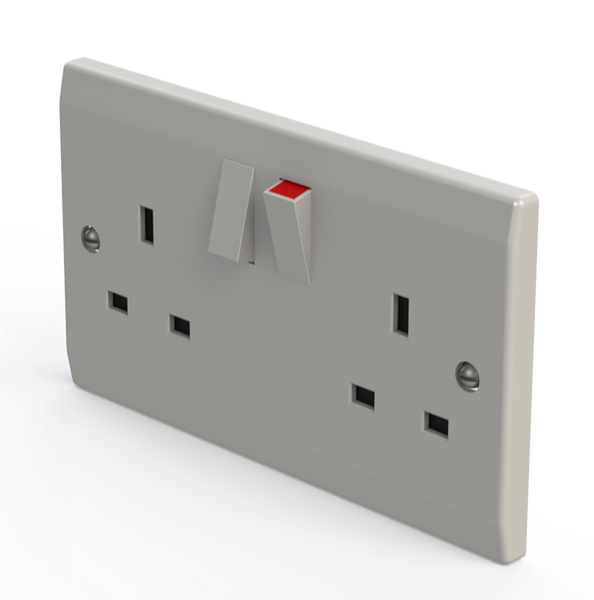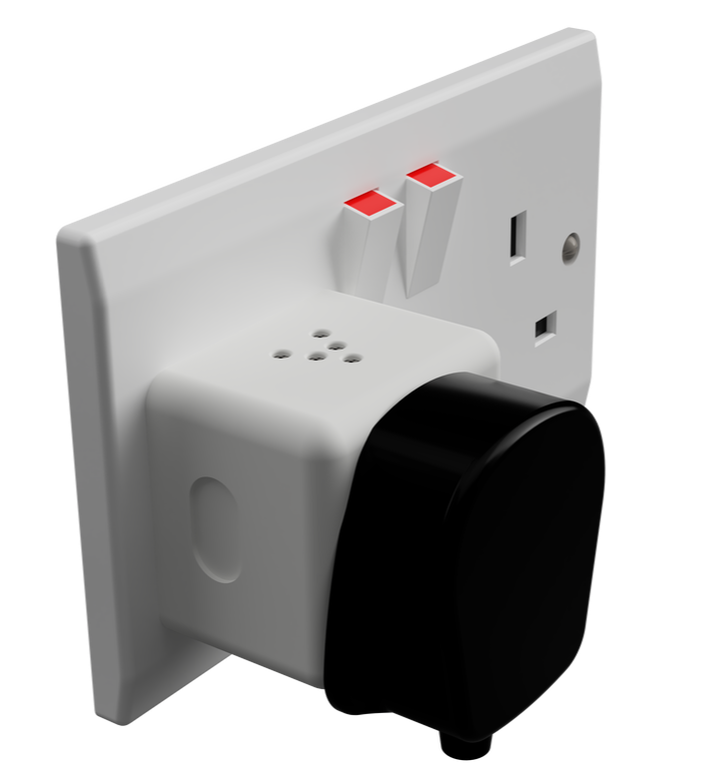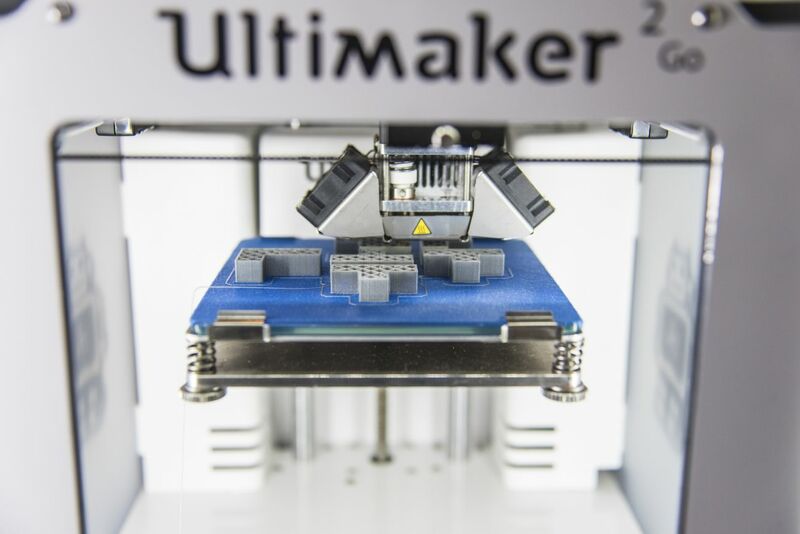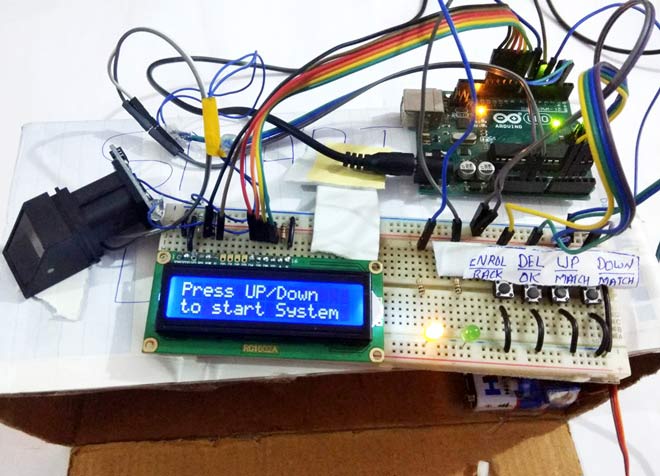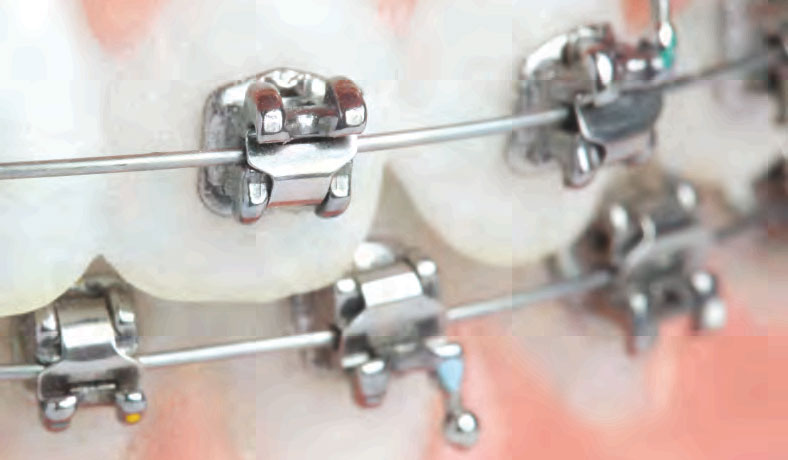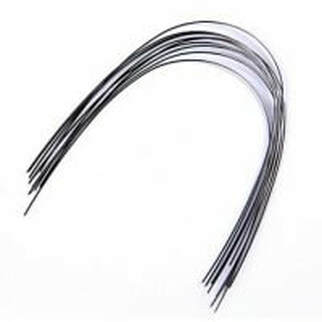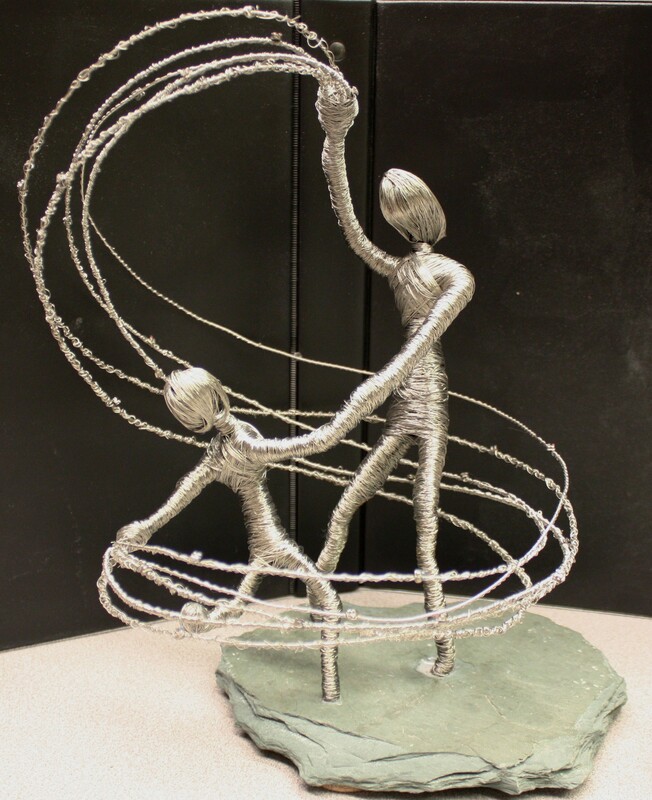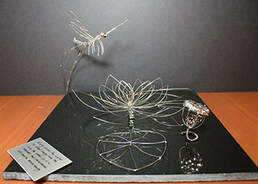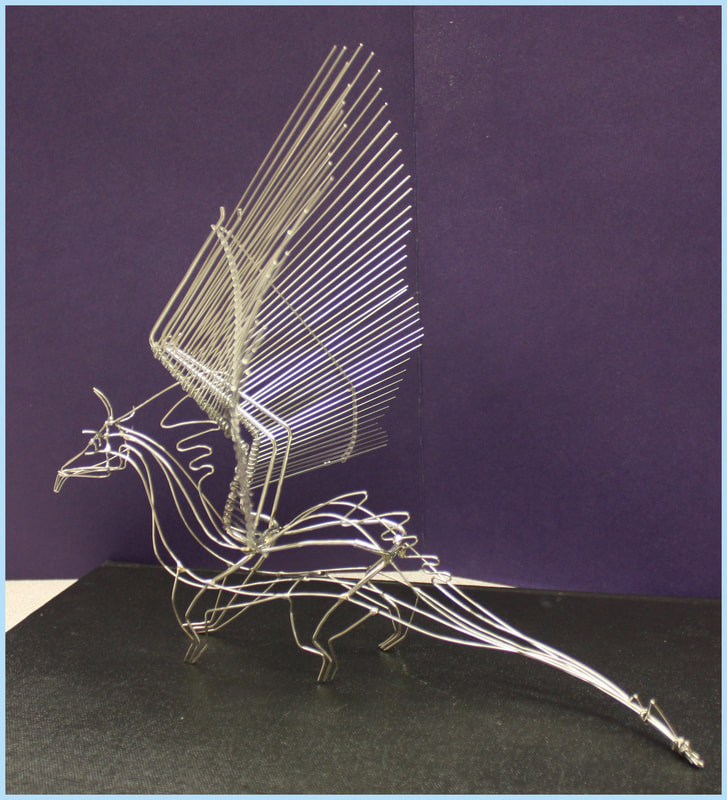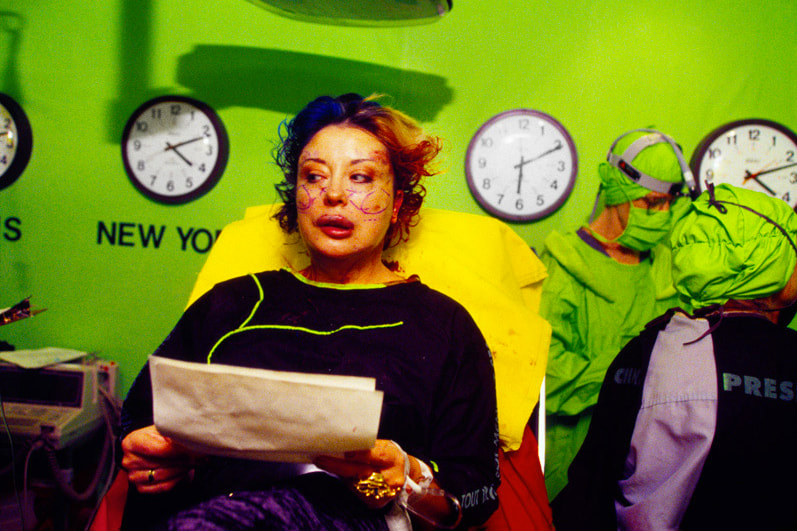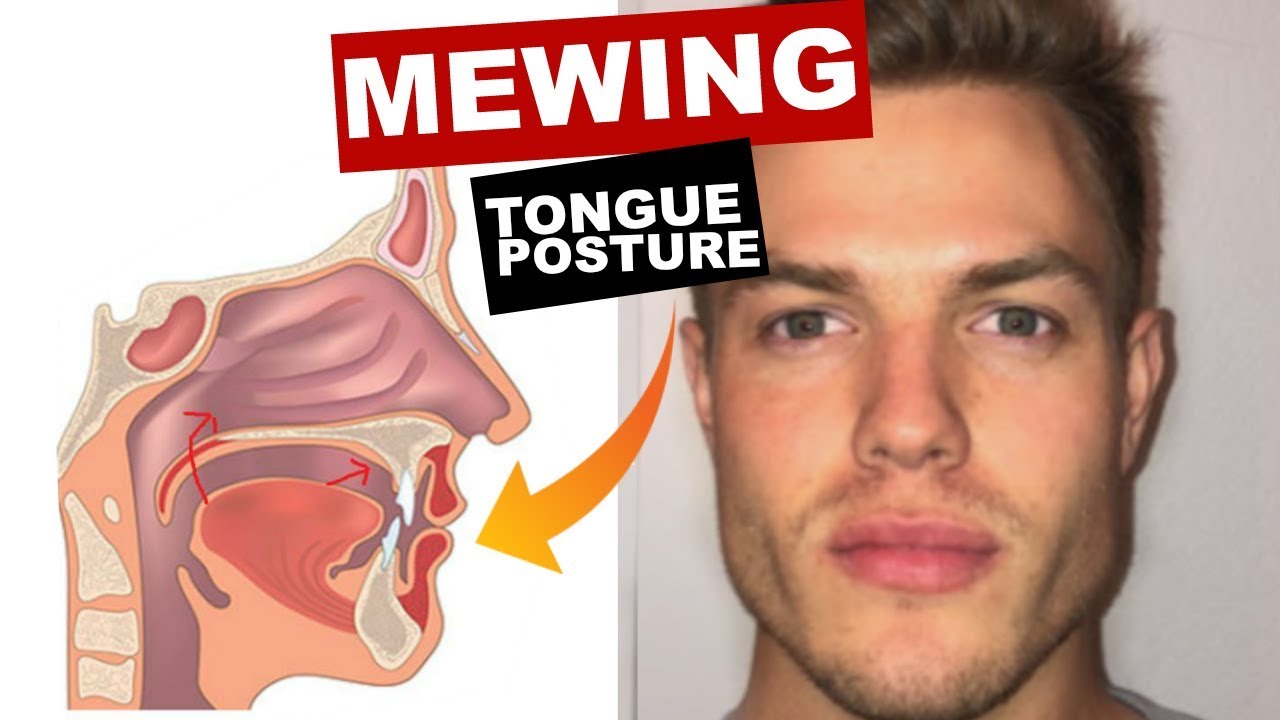W/C 18.03.19
11. Technology & Creativity |
Weekly Event: |
Nothing!
There was no organised Design & Technology activity this week since the class were preparing for the final presentation and exhibition of a project looking at redesigning telecare. Since there was no specific event to respond to, I decided to reflect on the effect of D&T on the design process – particularly it’s impact in this project.
Image: Team Goose at the exhibition
There is no doubt that technology has had a huge influence on the modern design process. Computing and software have revolutionised how we design, and massively reduced the distance from idea to product. The efficiency of my design process hangs off the use of the internet, and software such as Adobe Creative Suite and Fusion360.
The internet holds an incredible amount of information available for us to learn from and take advantage of; not just during research but throughout the entire design process. For example in this project I had created a CAD model of what was essentially a plug and wanted to create a render of it in situ. Instead of having to create a model of a plug socket, or mess around with my render in photoshop I could simply hop onto GrabCAD and download a plug socket someone else had already made. Collaboration in the modern design process doesn’t require people to be anywhere near each other. During the telecare project I have been working as part of a group. We shared Fusion360 folder, Google Drive and Facebook group chat. We had constant access to each other and our work. While hugely useful, I think it also became an excuse for not meeting up as often as we should – we could share work and have discussions without being in the same room. But of course, this isn’t really as effective as being face to face. Brainstorming becomes distant and detached.
But the influence of technology doesn't stop at the software on our computers. If you look into our studio you will see at least half of the class using an iPad Pro alongside their laptop to throw together some nice-looking sketches. People are ditching pens and paper. The other prominent technology in the studio is the Ultimakers. 3D printing has a huge impact on the design process. Prototypes of complex geometry can be created quickly and at a low cost. During this project we sent our designs off to the printers and got on with other work. Gone are the hours spent in the workshop. Technology means we can go from mind to accurate physical model in hours.
While understanding all the benefits technology brings to design (mainly efficiency), I wonder whether I have become dependent on it. One of the first things I do when entering the studio is switch on my laptop. How would I design without it? Perhaps the outcome might actually be better.
Digital tools have become so good and so ubiquitous that there’s a tendency to use them for every part of the creative process. But perhaps it’s hindering our full potential. In the creative industry, technology today tends to be used as if it’s more than simply a tool. It becomes unanimous with all stages of the design process: a place for gathering inspiration, for sketching, and then for completing a project. Tools are just one aspect of the design process; making mistakes – and playing around – is also vital. If you’re working with creativity, you have to disconnect in order to go back to things with fresh eyes. I’m sure some would say technology has stifled creativity. We teach ourselves to use programmes and software and learn our way around computers rather than how to think laterally. However, I don’t really think you can argue that technology has had a negative impact on design. New technologies and techniques introduce new stimuli and new challenges, bringing with them the ability to devise fresh answers to old problems as well as fresh outcomes from new ones. Technology aids design. It has made creating for the future simpler. |
